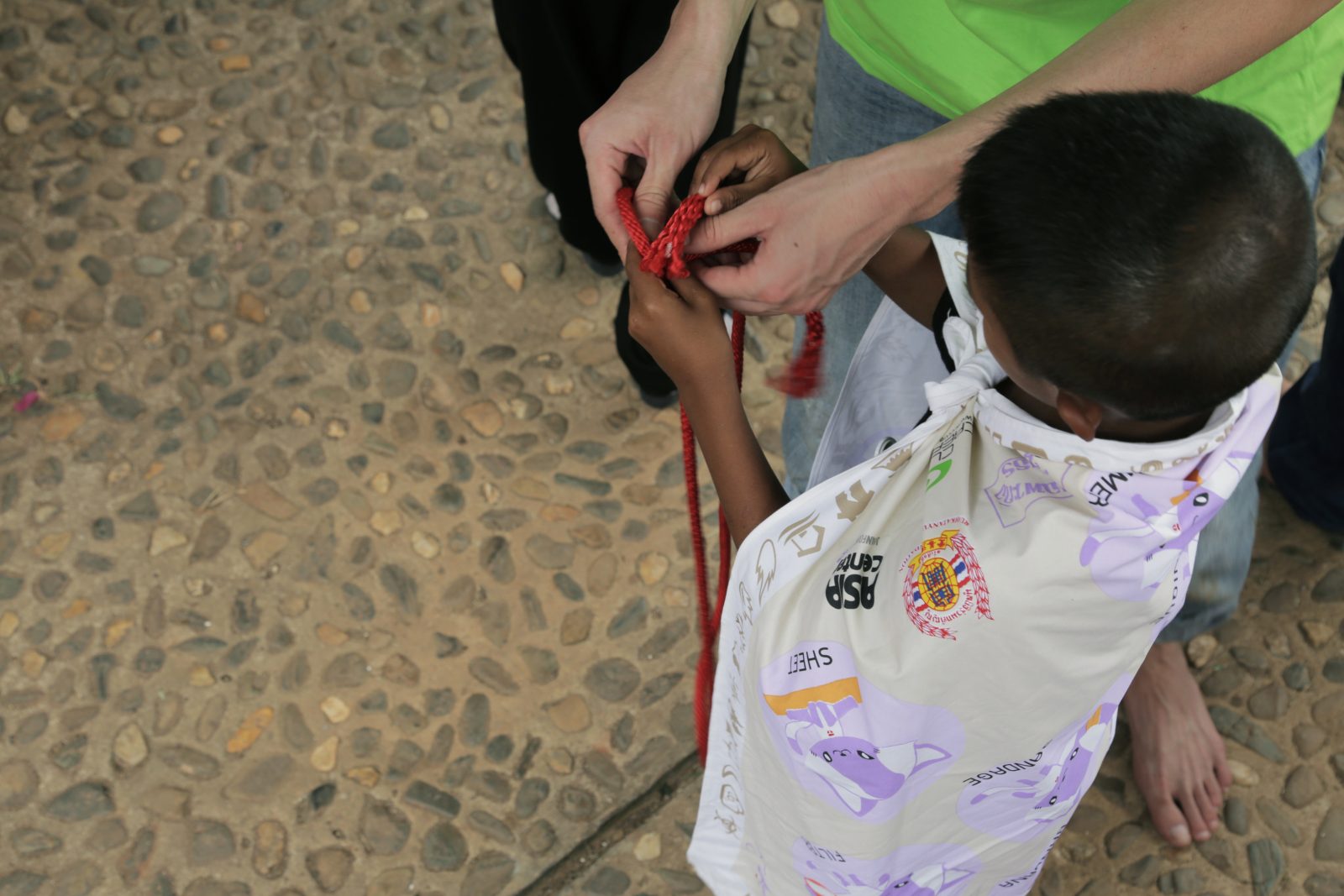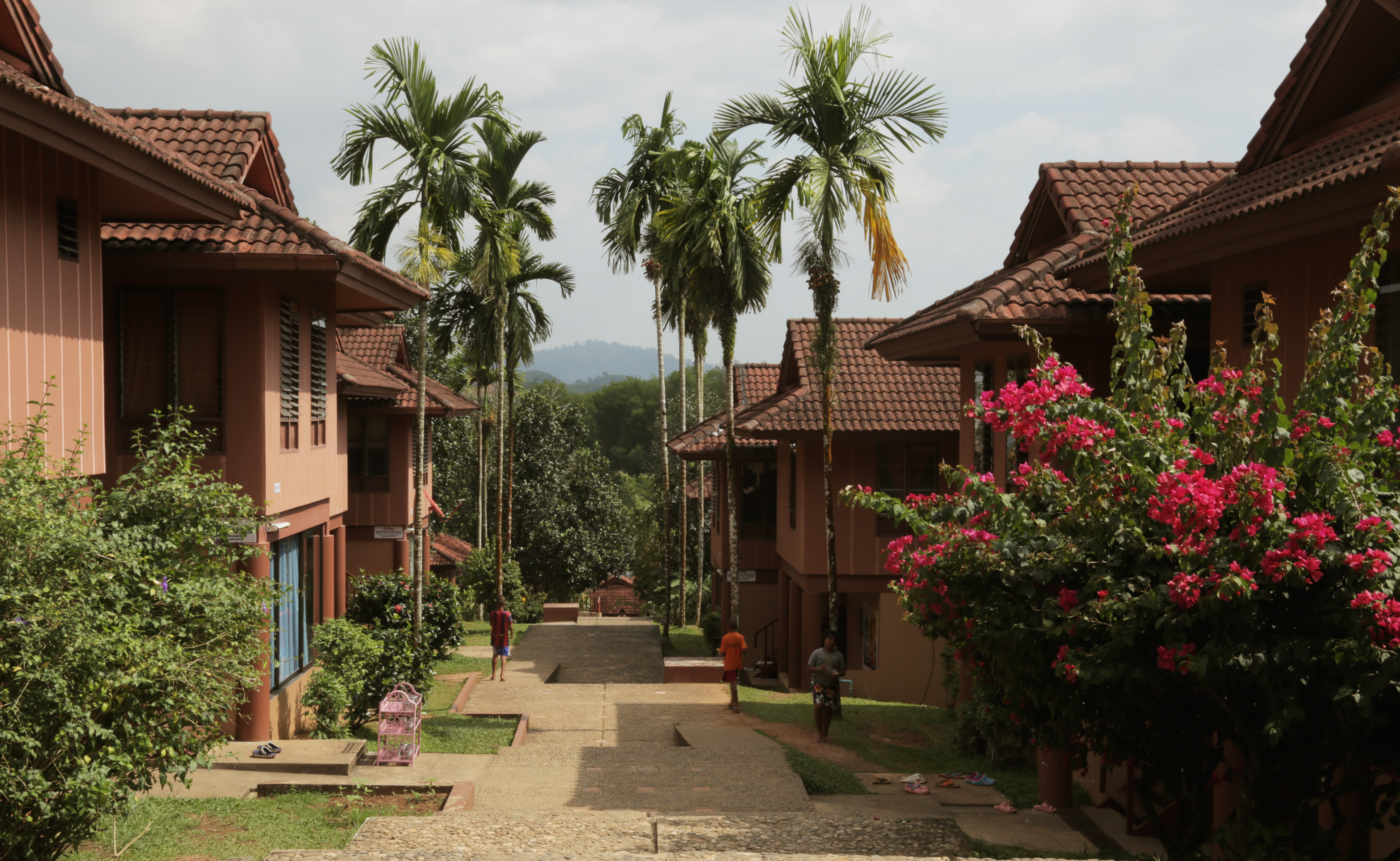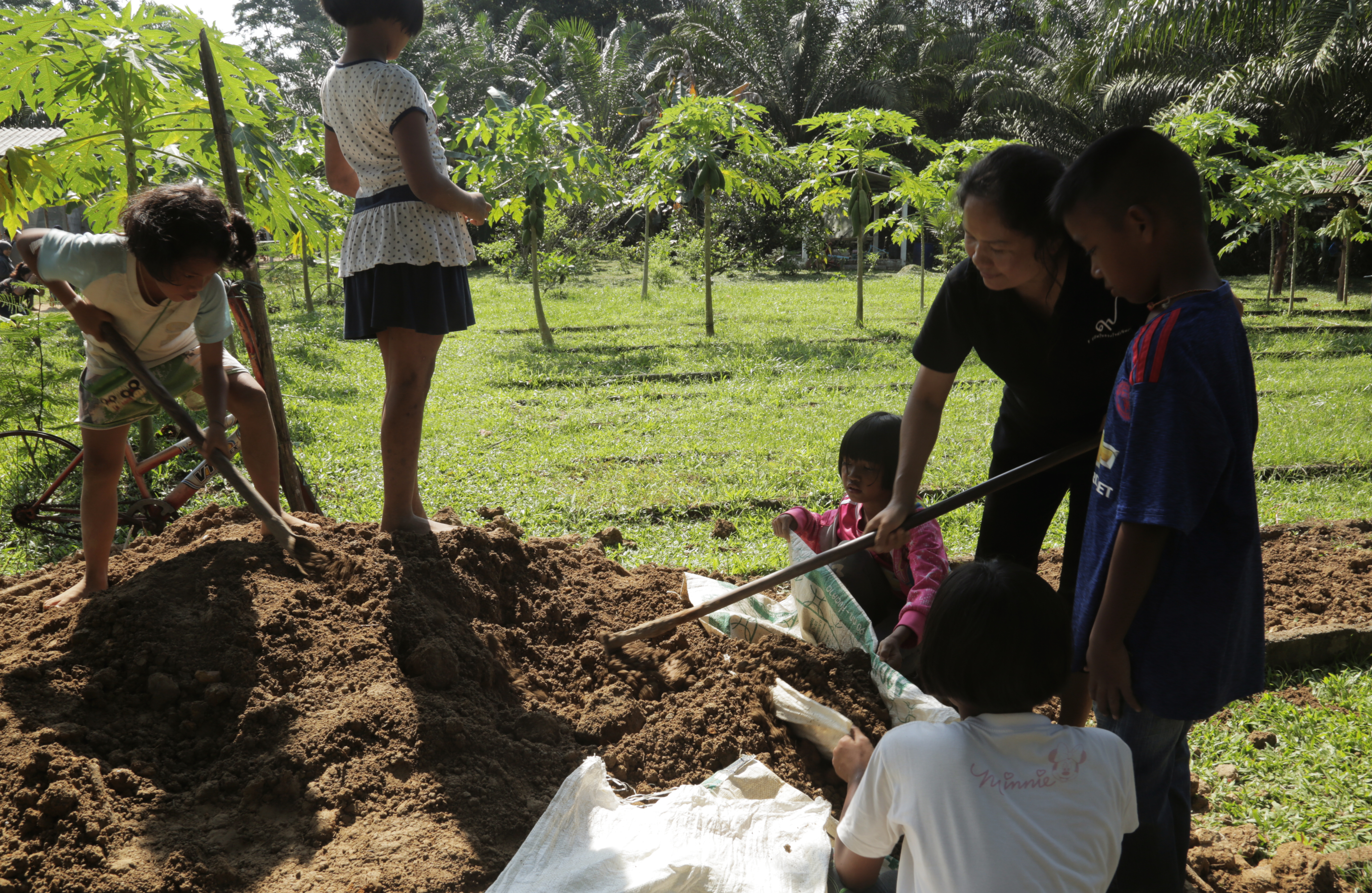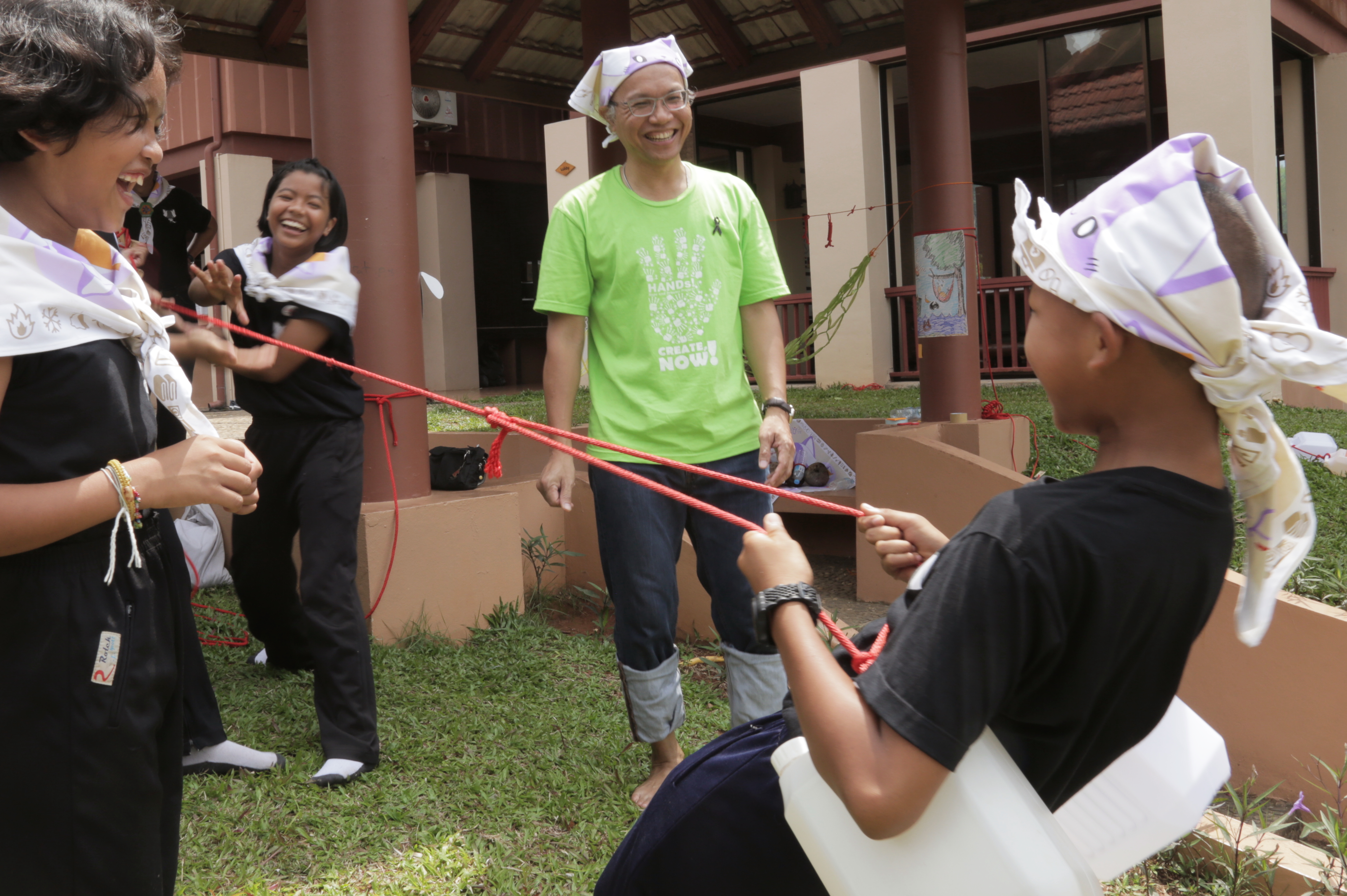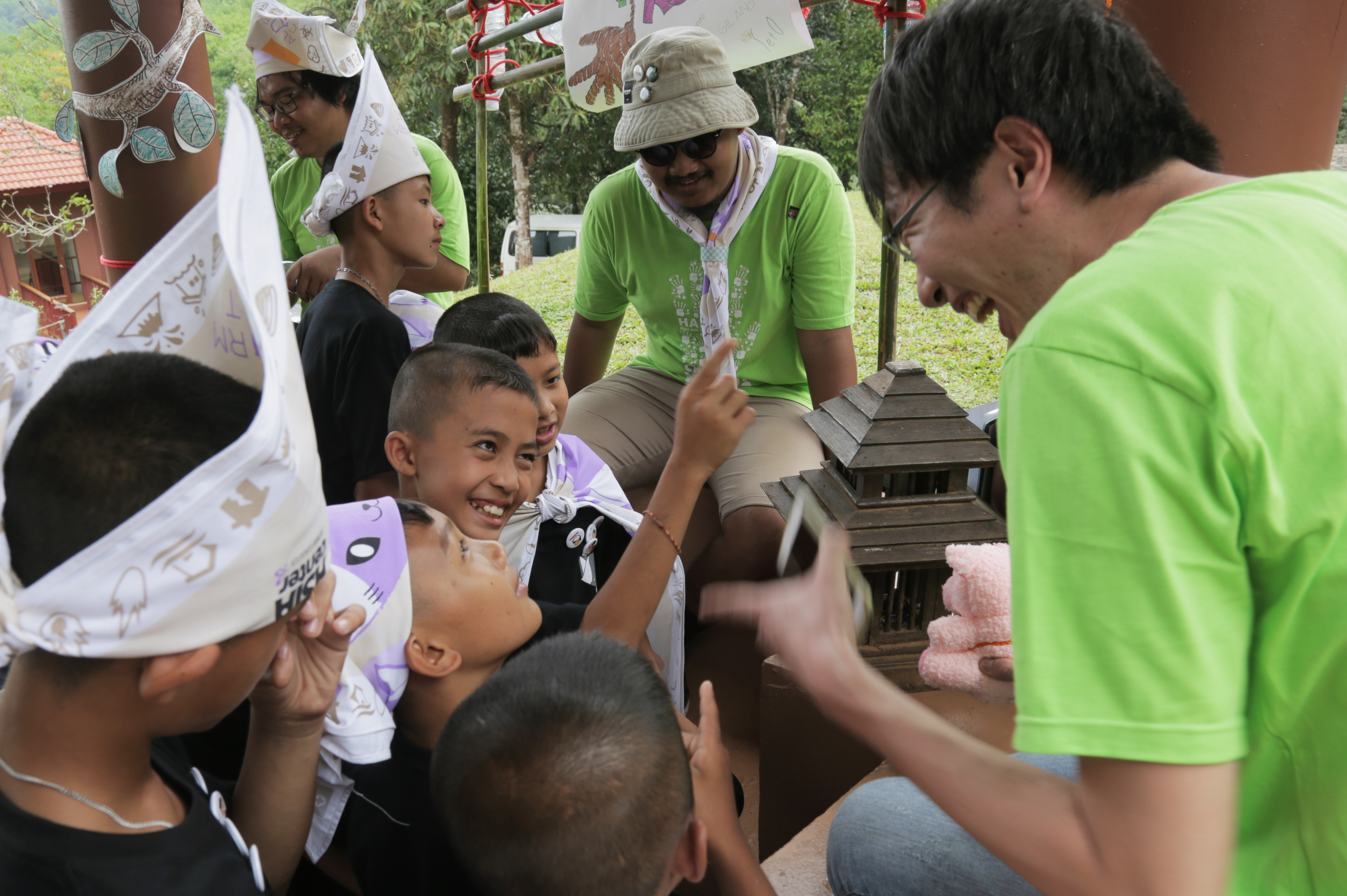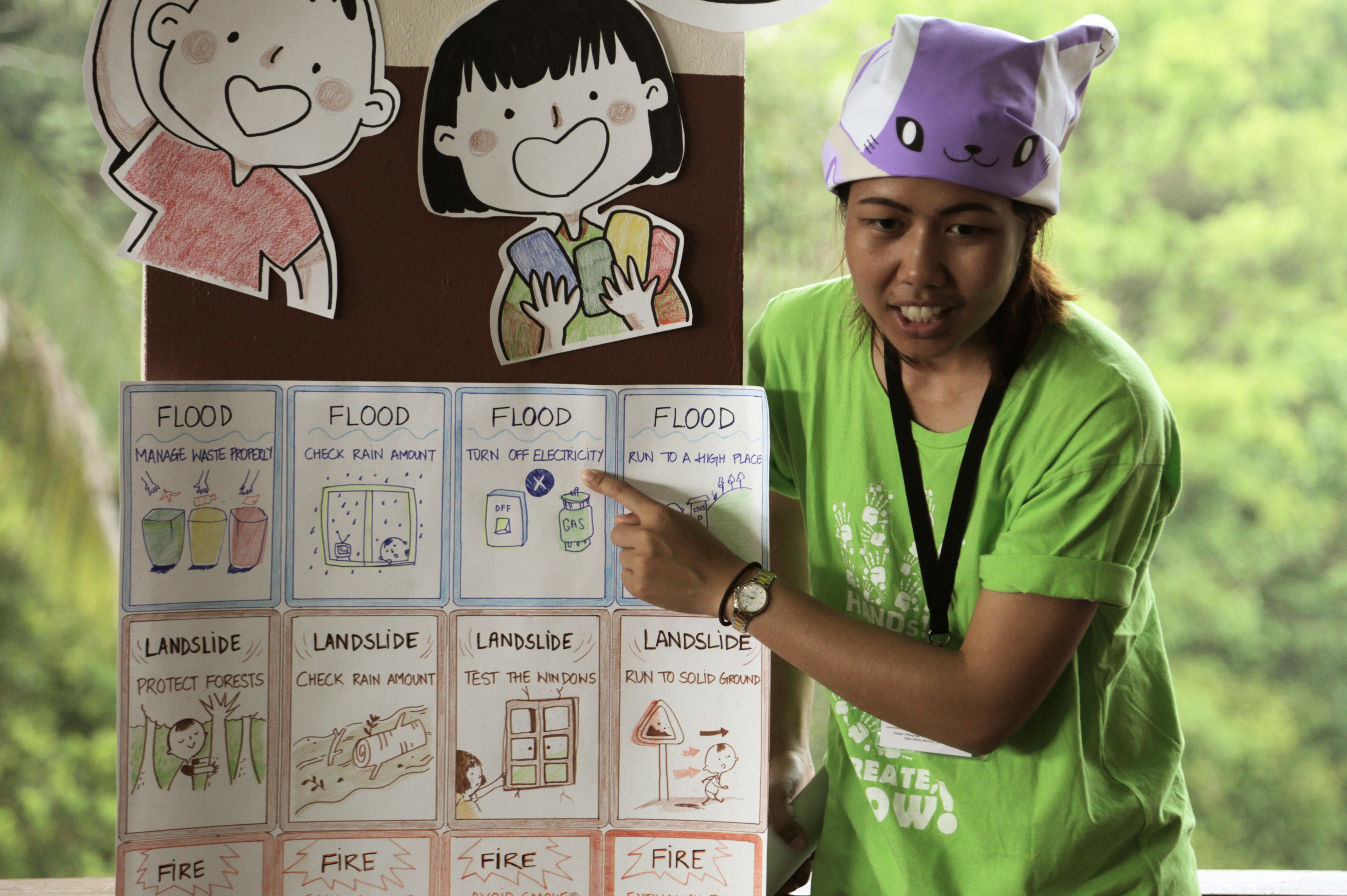Games that save lives
Young disaster survivors playing for change
By CLAIRE ANTHONY
AS far as most locals could remember, the city of Yogyakarta, Indonesia had never experienced an earthquake.
But that all changed on the morning of May 27, 2006. A 6.3 magnitude earthquake struck around 25km south of the densely populated city at 5:50am, and it was devastating.
It killed an estimated 5,700 people, and left another 1.2 million homeless.
Despite a history of volcanic eruptions in the area, no one was prepared for an earthquake.
“Before 2006, Yogyakarta had never felt an earthquake,” explains Yogya resident and survivor, Gilang Damar Setiadi, 26.
Gilang lost family members and a close friend in the tragedy. The destruction left a deep impression on him.
“It made me realise I needed to do something to help my hometown,” he said.
Gilang is now one of 24 fellows on a year-long disaster preparedness program called The Hopes and Dreams (HANDs!) Project, run by the Japan Foundation.
The project aims to equip young leaders from across Asia to save lives in their own communities through disaster education and preparedness programmes.
Gilang is not the only HANDs! Project fellow with firsthand experience of natural disasters.
“I was there when the last earthquake hit Nepal,” said Pranab Man Karmacharya, 29.
That was in 2015. Around 9,000 people died.
“A lot of people lost their lives because they panicked and didn’t know how to react,” said Pranab.
Basic disaster education, he believes, could have saved many of those lives lost in Nepal.
To that end, Gilang, Pranab, and the other HANDs! Project fellows traveled to Phuket, Thailand in March to learn about the life-saving changes that have been made since the 2004 Indian Ocean Tsunami.
Lessons from the Phuket tsunamiThe Hopes and Dreams (HANDs!) Together Project, run by the Japan Foundation, aims to equip young leaders across Asia to teach their own communities about disaster education and preparedness programmes - hopefully saving lives. Here's what the HANDs! fellows learned from the survivors of the Phuket tsunami in 2004.
Posted by R.AGE on Thursday, 15 June 2017
Tales of survival
Photos of destruction and chaos cover the walls of the Baan Nam Kem Tsunami Memorial Museum, about an hour north of Phuket.
Just outside the tiny building, the sea is calm and beautiful. It’s impossible to imagine the utter devastation it wrought on the region 13 years ago.
“Nobody expected the water to rise and rise and rise,” says survivor Waraporn “Lek” Tipsuthon, 45.
Lek barely survived by clinging on to the roof of her restaurant, but she lost seven family members that day, and her beach-front restaurant was completely destroyed.
She believes just a five or 10 minute warning could have saved her family.
“We used to joke about tsunamis. We didn’t expect it to actually happen here,” she said.
The province, Phang Nga, was the worst affected by the tsunami in Thailand. 4,136 people were killed and another 2,113 never found.
Tsunami Survivor StoryWaraporn "Lek" Tipsuthon lost seven family members to the tsunami, but managed to survive and pick up the pieces. This is her story.
Posted by R.AGE on Thursday, 15 June 2017
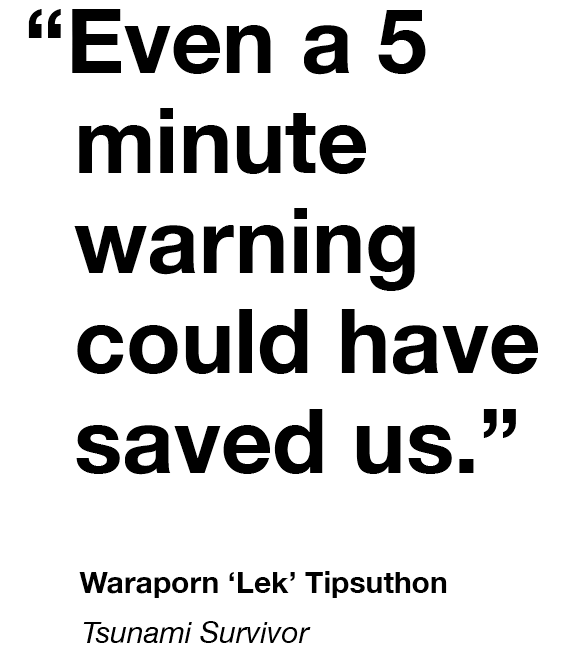
Since the tsunami, new monitoring and alert systems have been implemented, alongside a tsunami evacuation centre.
A team of community volunteers monitor the alert systems. It has also created a disaster preparedness plan for locals, including a list of safe areas, tips on food storage, and even disease prevention practices.
Rebuilding after a disaster
After the tsunami, over a million people across 13 countries were left without the means to make a living, according to a report by the New Scientist.
Fortunately for Lek, she was able to rebuild her restaurant in a new location with funds from the Princess Sirindhorn Special Task Unit.
“It was like receiving help from the Princess herself,” she said. “It allowed me to take care of my niece and nephew, who had lost their parents, and to put them through school.”
Many organisations and NGOs set up similar funds and projects to help locals return to their everyday lives.
An estimated US$29.8 million was donated to Thailand in the years after the tsunami.
Philipp Hardenberg, founder of Yaowawit School in Kapong, an hour from the Andaman coast, estimates that most of the projects started no longer exist.
“I’d say about 90% of them have stopped,” he says. “Many in the first two years after the tsunami and the rest after five or six years.”
Yaowawit, fortunately, is thriving despite the odds. The school is partly self-sustaining, running its own hotel and restaurant, and producing its own organic products.
The school’s partners include the Marriott Hotel Group, which provides training for the students to go into the hospitality industry, as well as internships at their hotels.
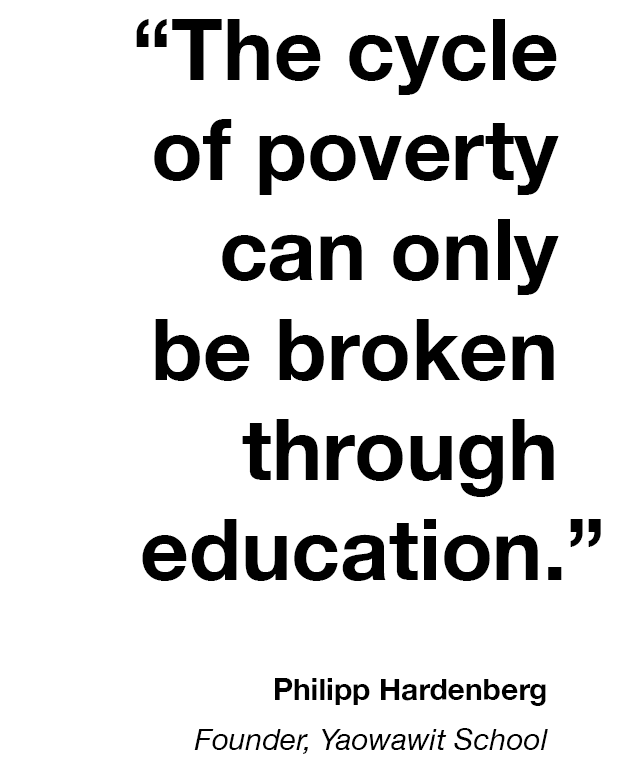
The tsunami schoolThree reasons why the Yaowawit School in Phuket, set up to educate children who survived the tsunami, is still thriving today.
Posted by R.AGE on Thursday, 15 June 2017
Sustaining
Originally established to provide education for children who survived the tsunami, Yaowawit School now caters to 120 underprivileged children.
“They look so happy, but if you knew some of their stories… they are truly terrible,” he said.
Reluctant to share specifics, Hardenberg explains that many of the children have survived abandonment, abuse and in some cases, trafficking.
“When I was younger I used to think about that,” said 19-year old student Wannapa “Nid” Roobsai, about how her life could have turned out. “But now I just feel like my life is moving forward.”
Nid was enrolled in the school at the age of eight, when her mother could no longer afford to care for her.
A bright and articulate student, Nid earned a place at an international school in Phuket and one day hopes to become the Prime Minister.
“Why not?” she said with a laugh. “If I were Prime Minister I would go to the place that needed the most help, and help the people.”
Nid's StoryWannapa 'Nid' Roobsai was only six when the Phuket tsunami changed her life forever. Now, the former Yaowawit School student wants to help other underprivileged children get an education and improve their lives.
Posted by R.AGE on Thursday, 15 June 2017
While it’s true that some disasters, like tsunamis, are beyond human control, others like floods and landslides could actually be prevented.
Environmental education consultant Robert Steele, a guest speaker for the HANDs! Project, said sustainable practices could help protect communities from some disasters.
“We deforest a slope to plant rubber trees and think the slope should be okay,” he said by way of example.
But because a rubber plantation does not provide the same layers or protection as a forest, the impact of rain on the soil is much heavier, leading to a higher chance of landslides.
Preventing natural disastersRobert Steele, a consultant for the second Asean Environmental Education Action Plan, explains why disaster and environmental education must go hand-in-hand.
Posted by R.AGE on Thursday, 15 June 2017
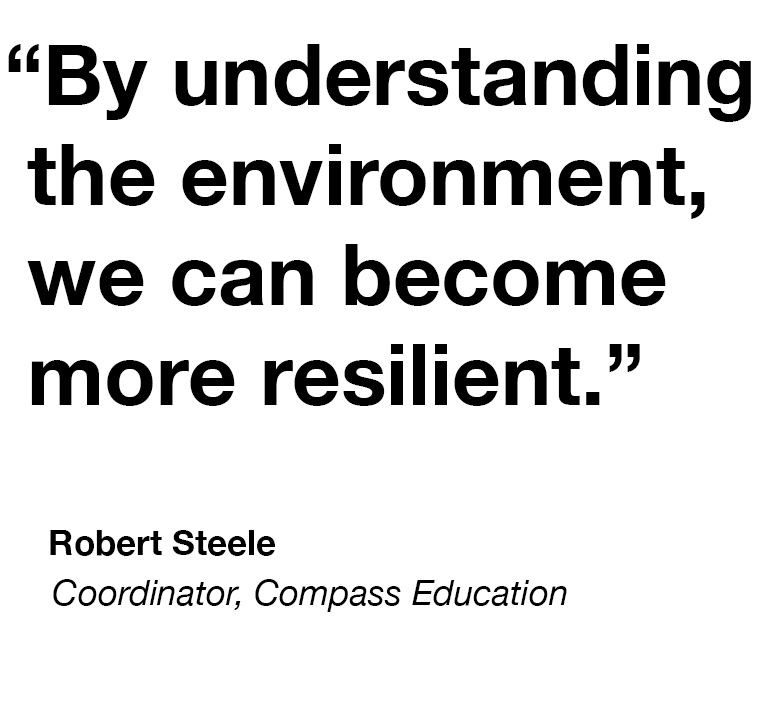
Action
Inspired by all they have seen and learned, the HANDs! Project fellows are each tasked with creating an action plan that they can implement when they return home.
Malaysian fellow Yeo Li Shian wants to address flood preparedness using a series of online video comedy skits.
“From my research, I understand that most disaster education and safety drills are very dull and theoretical,” she says.
“So I hope that using comedy will get the message across more effectively.”
Working on a video and animation-based plan is Indian filmmaker Rintu Thomas. Along with Japanese fellow Kenichi Tanaka and Indonesian fellow Rizqia Sadida, they hope to create a bank of survival stories from people living in the remote mountainous state of Uttarakhand, India, which is prone to flooding and landslides.
“The problem in India is that when disasters hit, they only affect certain parts of the country,” explains Rintu.
“It just becomes a news item for us in the city and we don’t think any more about it.”
To get some real-life practice before implementing their action plans, the fellows came up with some disaster education games for the children at Yaowawit School.
Filippino Ryan Bestre and his team created a storytelling game with giant flash-cards. “As we read the story we’ll be asking the children what could be wrong with the situation in the picture,” he explains.
“After that, we reveal what would be the right thing to do.”
Pranab, Gilang and their group created arguably the most popular game among the children – “Super Rope Rescue”.
Based on learning how to tie different types of knot, the game allows the children to recreate a water rescue with long ropes and empty plastic bottles, which they do repeatedly, with screams of glee.
Behind all the fun and games, of course, is a serious message that is full of hope. Young children and the wider community play a vital role in reducing the impact of natural disasters.
“This is a cool project,” said Gilang. “Hopefully this experience will be my stepping stone to making something creative and educational that will save lives in the future.”
As the 24 fellows disperse back to their home countries across Asia, that is the hope for all their communities.


